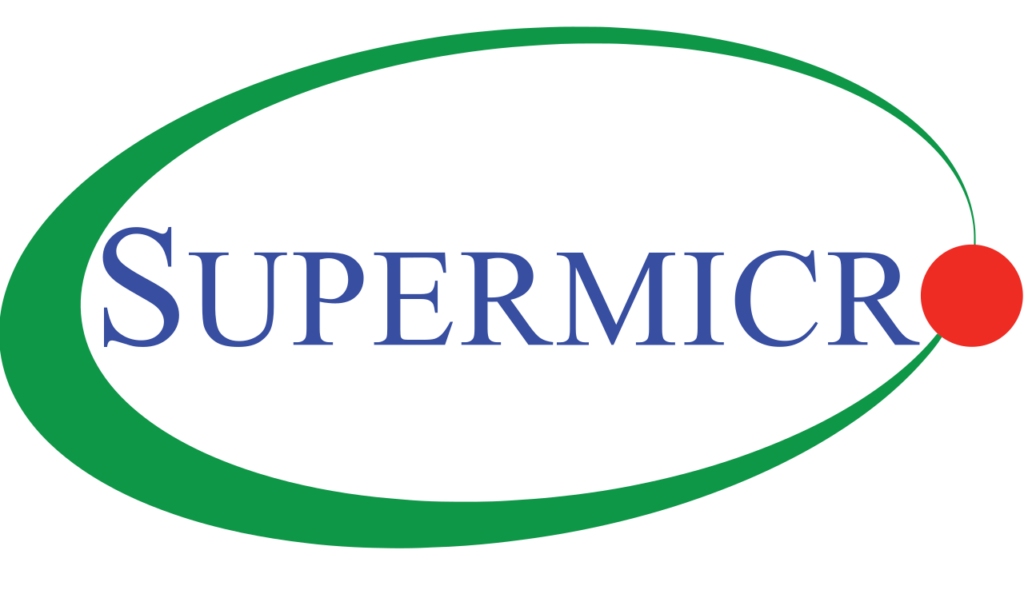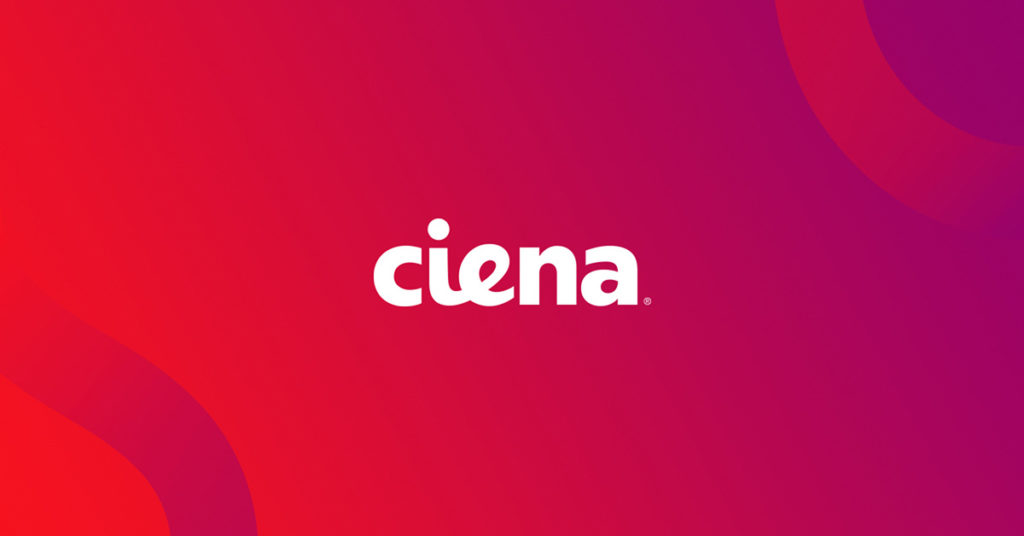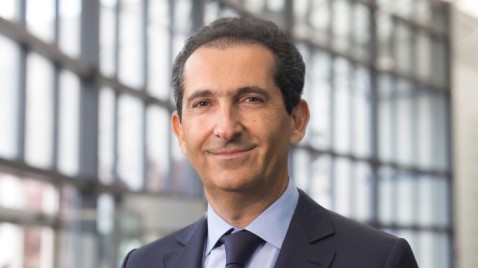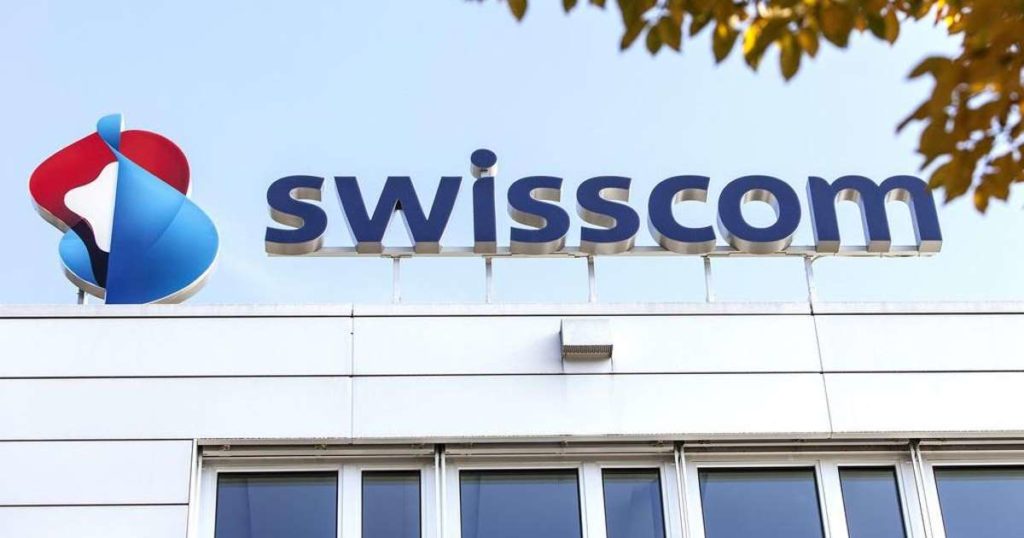Supermicro – The Company Seeking Innovation for its Customers.
The arrival of personal computers helped IT technology grow at a faster pace. With having computers at home, people were more interested in learning about IT and upcoming related technologies. It also helped many budding entrepreneurs to try their hands on business apart from the traditional trades and grow along with the IT industry. Supermicro ( aka Super Micro Computer Inc) is one such company that started when the personal computer was becoming a thing, and today, after 28 years long journey, the company is one of the largest IT company in the world.
Supermicro as the Market Leader
Supermicro is a 28 years old American information technology company founded by Charles Liang, Wally Liaw, and Sara Liu in 1993. The company headquarter is located in San Jose, California. Supermicro is a public company and trades on Nasdaq as SMCI. Charles Liang, the founder of Supermicro is heading the company as the president and the CEO.
As per 2017 records, Supermicro made revenues worth $2.53 billion and has been listed among the world’s 100 largest US publicly traded companies by Fortune Magazine. Supermicro is known for its services in computer servers, storage, networking devices, server management software as well as a high-end workstation for enterprise IT and embedded markets.
The Founding of Supermicro
Supermicro was founded by Charles Liang, Wally Liaw, and Sara Liu in 1993, at a time when companies like Oracle, Dell, and IBM were already dominating the market. The founders established the company intending to bring innovative technology to the customers at lower prices, and it still follows the same goal. According to CEO Liang, the company has a strong engineering background that makes it bring the newest and advanced technology before its rivals.
The company has a history of gradual growth since its inception. The company introduced the Pentium® Pro-based products in 1994, which immediately became popular among most North American companies. The next year, Supermicro introduced the world’s first x86 DP server boards based on Orion chipset. The success and increased demand for Supermicro’s products helped it establish a new manufacturing facility in Taiwan in 1996. It also developed the world’s first 20 ready server board named COMDEX in the same year.

Few of the next first in the industry from Supermicro includes the server boards supporting both Intel® Pentium® Pro and Pentium® II processors, Xeon® Pentium® II server solution, 533MHz FSB rackmount server system, 64-bit 1U Itanium2 platform, and first 1U server with 1 Terabyte of SATA storage and patent for industry’s first redundant cooling power supply, etc.
In 1998, Supermicro went on to establish its European subsidiary in the Netherlands. The company had its first IPO in 2007 and went public on NASDAQ under the symbol SMCI. Supermicro won the Blade Systems Insight 2010 Award for Best Blade-Based Solution in 2010. With exceeding $1B in revenues in 2012, Supermicro became a unicorn company, and in September 2014, Supermicro moved its headquarters to the former Mercury News headquarters in North San Jose, California, and named the campus Supermicro Green Computing Park. The revenues were double in 2016, and Fortune Magazine named Supermicro the World’s Fastest Growing IT Infrastructure Company. In 2018, Supermicro was the 3rd largest server systems supplier in the world.
Today, Supermicro is actively offering its services to major IT companies in the world and specializes mainly in AI and HPC, Enterprise Applications and Data Analytics, Data Management, Cloud and Virtualization, 5G, Edge Computing and IoT as well as Hyperscale Infrastructure.
The CEO, Charles Liang
Charles Liang belongs to the Taiwanese ethnicity. He was born and brought up in Taiwan and completed B.S. in Electrical Engineering from the National Taiwan University of Science & Technology. Later, he moved to to the US and earned a master’s degree in the same subject from the University of Texas at Arlington.
After completing his higher education, Liang joined the Suntek Information International Group, and in January 1988, moved to Chips & Technologies, where he worked as Senior Design Engineer and Project Leader. He also worked as the President and Chief Design Engineer of Micro Center Computer Inc. for two years, before he founded Supermicro in 1993. He has been serving the company as the president and the CEO since the inception of the company.

Yashica is a Software Engineer turned Content Writer, who loves to write on social causes and expertise in writing technical stuff. She loves to watch movies and explore new places. She believes that you need to live once before you die. So experimenting with her life and career choices, she is trying to live her life to the fullest.







